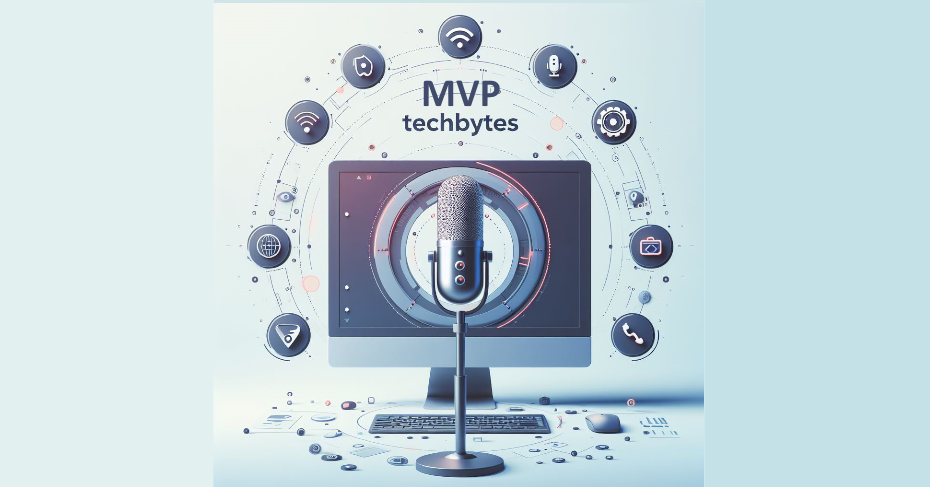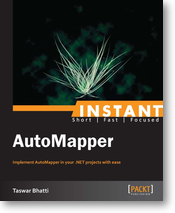Here is video I did with Mukhammadkarim (from Uzbekistan) where we discuss on microservices and message brokers on MVP TechBytes episode. Learn about improving application performance, choosing communication methods, comparing Kafka and RabbitMQ, and setting up RabbitMQ in a.NET app with a live demo. Enhance your software development skills now.
🚀 To learn more about Mukhammadkarim:
🔗Twitter Handle:  / dotnetgooo
/ dotnetgooo
🔗Blog: https://dotnetgo.com
🔗YouTube channel: ![]() / dotnetuz
/ dotnetuz
🔗LinkedIn:  / mukhammadkarim-tukhtaboev
/ mukhammadkarim-tukhtaboev
Summary
Message Brokers in Microservice Architecture
In a recent episode of MVP TechBytes, Taswar and Mokhammadkarim discussed the benefits and challenges of using message brokers in microservice architecture. Mokhammadkarim, a software engineer with 10 years of experience in the field, shared his insights on the topic.
Mokhammadkarim began by explaining the difference between monolith and microservice architecture. In monolith architecture, there is a single deployable application, which can be difficult to scale and maintain. On the other hand, microservice architecture consists of a collection of independent and deployable services that can distribute the load and handle failures better.
One of the benefits of microservice architecture is the ability to distribute applications and pressures to multiple services and servers. This can help to distribute client requests and prevent system crashes. Additionally, if there is an error or exception in one service, it does not affect the other services, unlike in monolith architecture where a crash in one part of the system can bring down the entire system.
Taswar and Mokhammadkarim then discussed the role of message brokers in microservice architecture. A message broker is a third-party application that facilitates asynchronous communication between services. It can collect, store, and deliver messages to the appropriate consumers. It can also help with load balancing, fault tolerance, and decoupling.
There are several types of message brokers available, including Rabbit MQ and Kafka. Rabbit MQ is more reliable and flexible for queuing and delivering messages, while Kafka is more suitable for streaming and distributing large amounts of data. The choice of message broker depends on the specific needs of the application.
Mokhammadkarim also demonstrated how to set up Rabbit MQ in a .net application, including installing Rabbit MQ, the Erlang programming language, and the Rabbit MQ client library for .net. He showed how to create a custom service, a controller, and publisher and consumer methods for sending and receiving messages.
In summary, message brokers can provide many benefits in microservice architecture, including improved scalability, fault tolerance, and decoupling. The choice of message broker depends on the specific needs of the application, and there are several options available, including Rabbit MQ and Kafka.



Leave A Comment